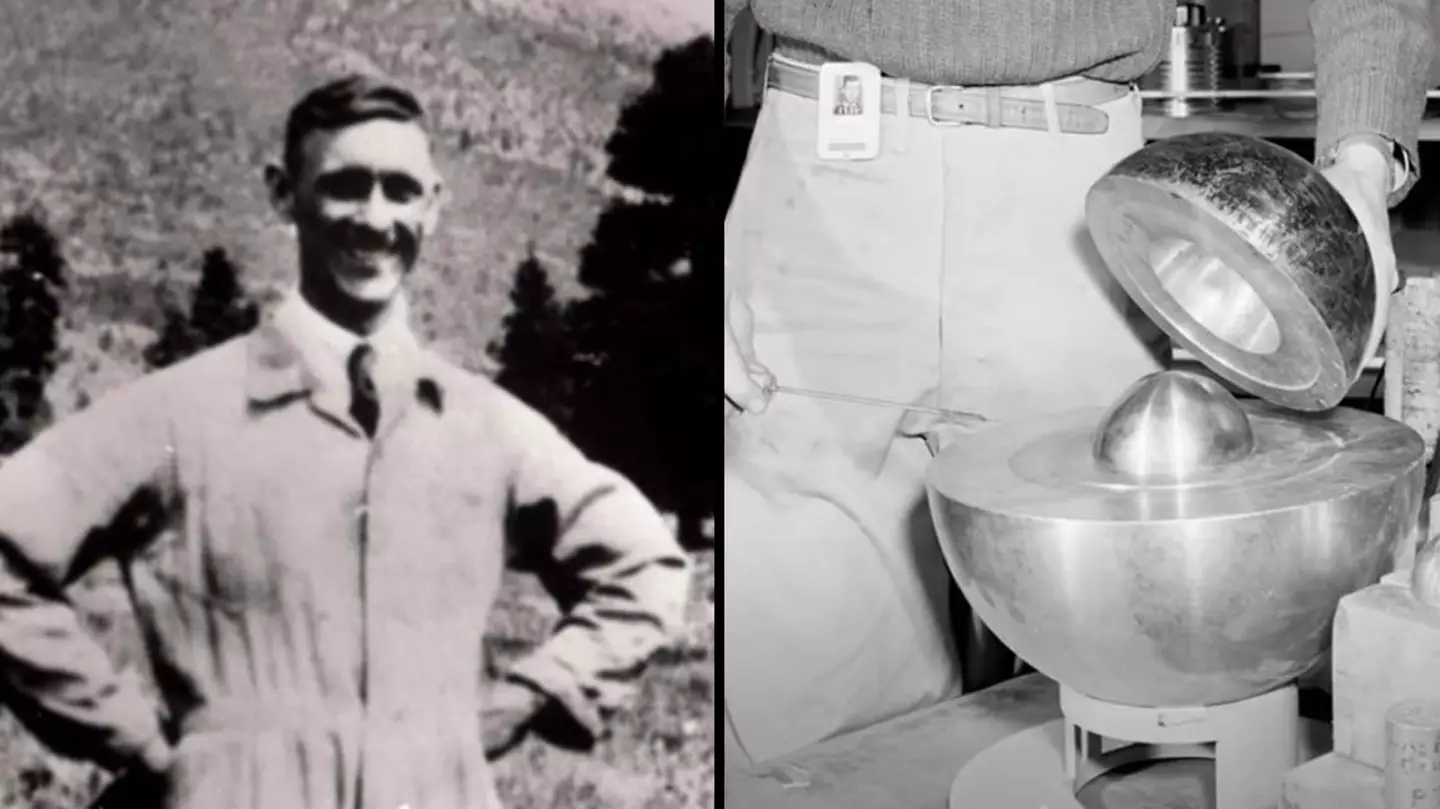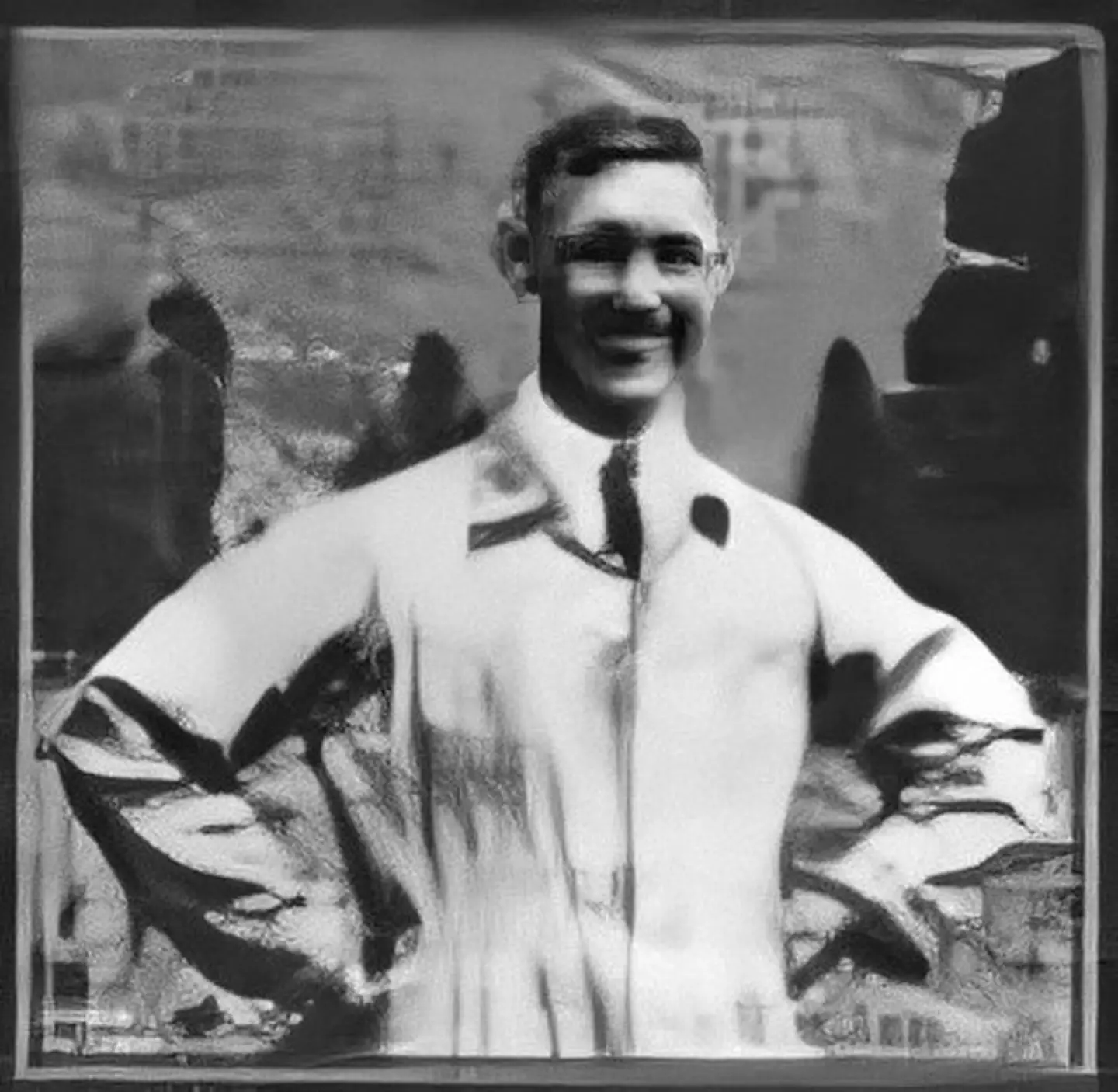
A painter who received the highest dose of radiation ever recorded incredibly survived his ordeal.
In 1945, during the Manhattan Project – the US research and development into building the nuclear bomb – scientists wanted to know what sort of impact plutonium had on the human body.
The people working on the Manhattan Project were working closely with plutonium, which had only been discovered in 1940, and wanted to know exactly what it was doing to them.
They experimented on a total 18 people aged as young as four to 69 years old who were checked into selected hospitals, and one of those people was painter and decorator Albert Stevens.
Advert
Stevens was selected for the trial because doctors thought he had stomach cancer and was seen as someone who was doomed to die anyway, so he might as well be put in for this incredibly dangerous test without his knowledge or agreement.

A report into the experiments confirms that the painter wasn't told what he was being injected with, and Stevens ended up with 131 kBq (3.55 µCi) of plutonium which stayed in his body for the rest of his life.
However, just four days after being injected with a huge dose of plutonium isotopes it was discovered that what was thought to be stomach cancer was actually just a stomach ulcer.
Doctors operating on him didn't bother telling Stevens and instead sent him home once he'd recovered from his operation.
Advert
Over the rest of his life he racked up a total effective dose of radiation adding up to 6,400rem, or 300rem per year. For comparison, the current annual dose allowed for someone working with radioactive material in the US is 5rem.

Each year for the rest of his life Stevens was getting 60 times that safe annual dose, and incredibly managed to survive it for another two decades.
Even more incredible is that the other members of the testing group also seemed to be very much not killed by their exposure to the plutonium, which remained in their bodies for the rest of their lives.
While eight members of the group died within two years of the experiment, their causes of death were all put down to existing medical conditions which had put them on the list as test subjects in the first place.
Advert
Stevens died of heart disease more than 20 years after the experiment in 1966 at the ripe old age of 79.
Nine years after his death his cremated remains were exhumed and sent to the Argonne National Laboratory Center for Human Radiobiology. They have never been returned to the chapel they were kept at.